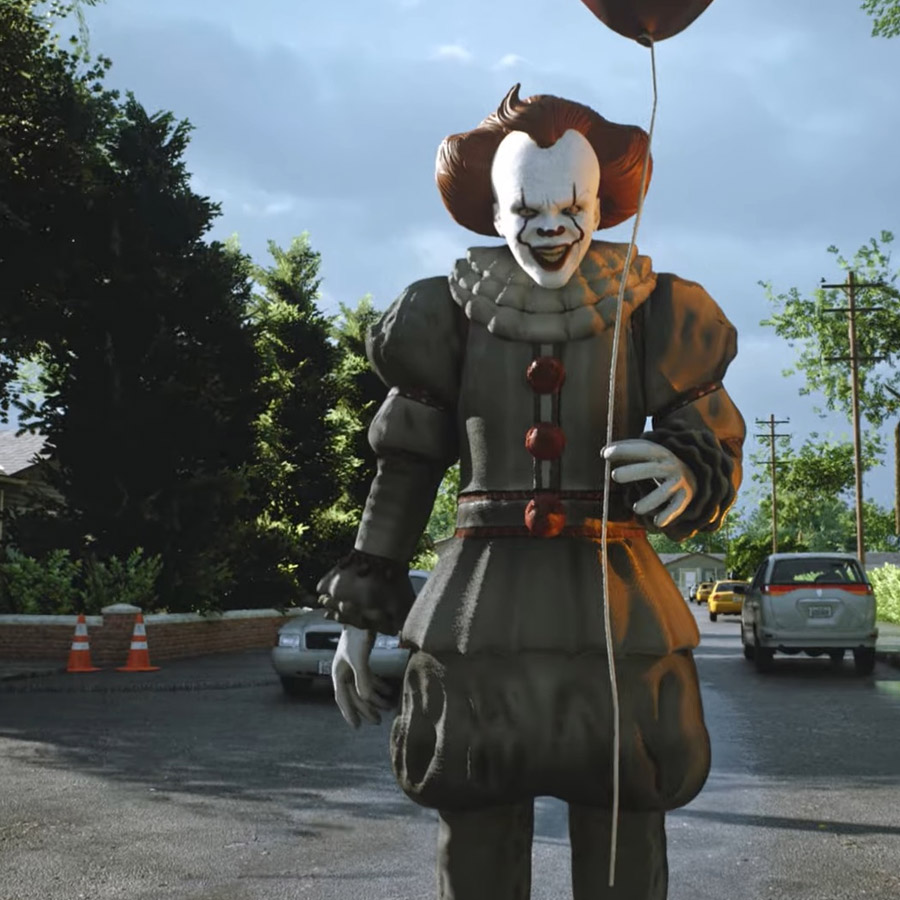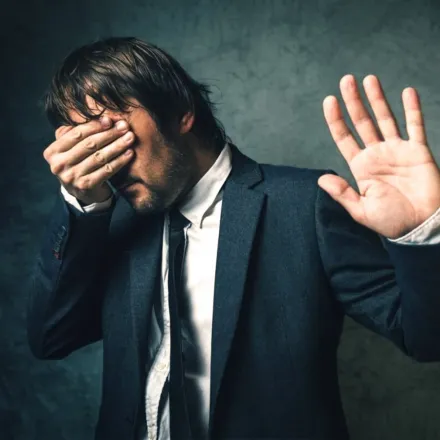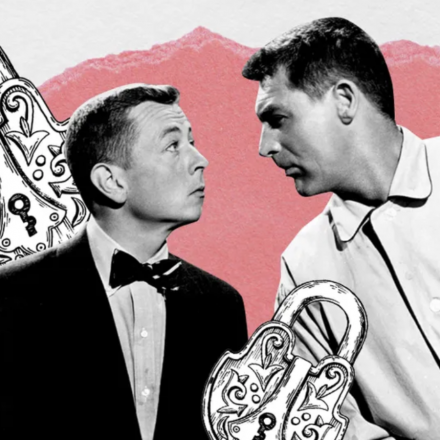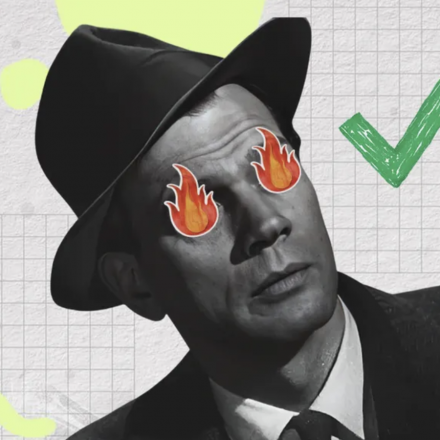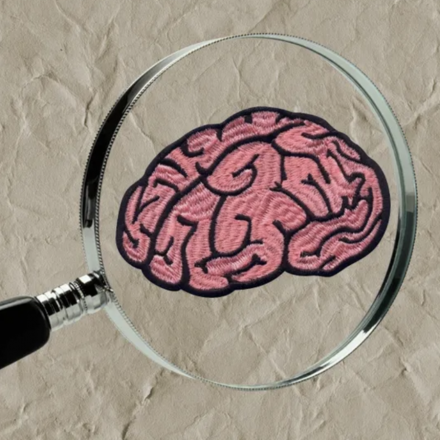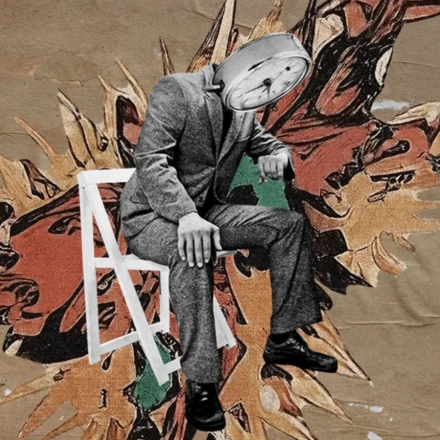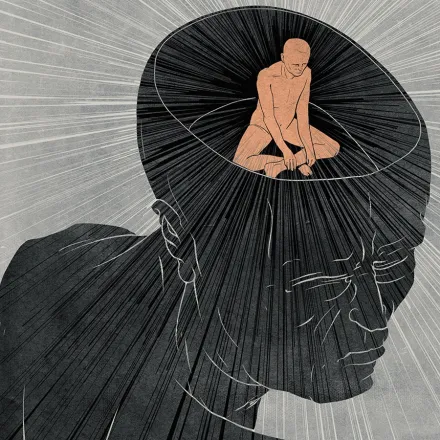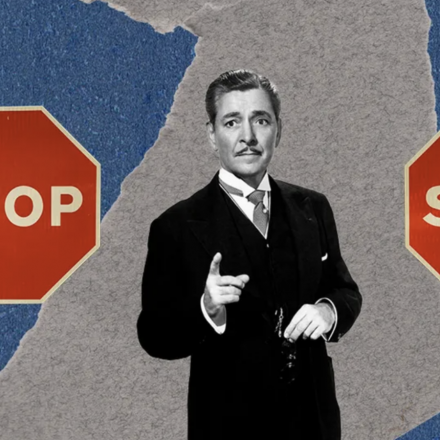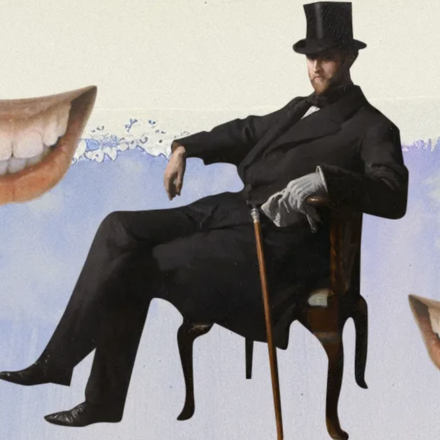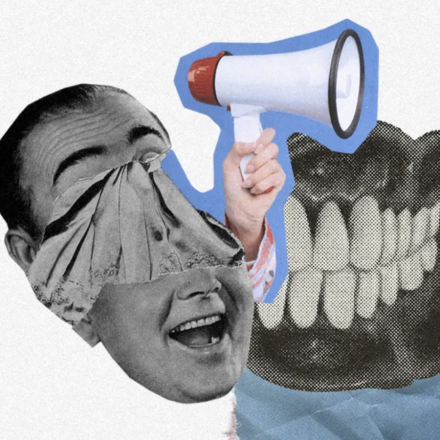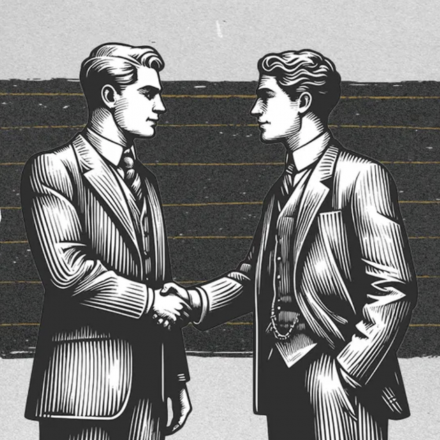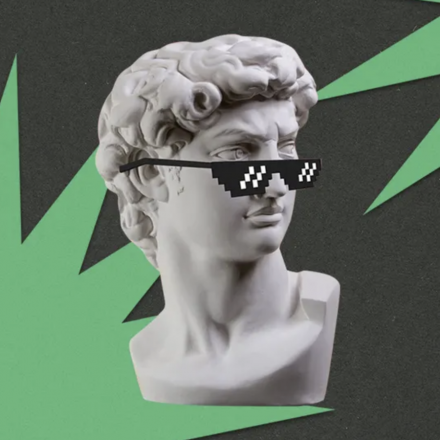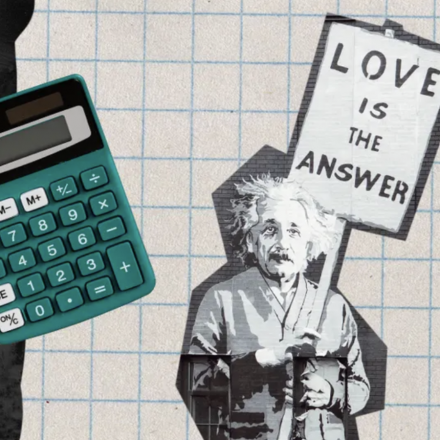Movies have long been a powerful tool for influencing our subconscious. While some films subtly promote certain products or political agendas, few things can match the impact of horror films in instilling fear. Through these movies, everyday objects and situations are transformed into sources of dread, making us uncomfortable at the mere thought of them. Here are eight common fears that have been amplified by cinema:
Dolls
Once innocent toys, dolls have become symbols of terror in the world of horror films. Movies like "Child's Play," "Annabelle," and "The Conjuring" have turned these once harmless playthings into embodiments of evil. The fear is often intensified when dolls exhibit the "uncanny valley" effect—where their almost-human appearance becomes unsettling.
Spiders
While arachnophobia isn't a creation of cinema, films have certainly exacerbated it. Those who previously viewed spiders with indifference or even affection now see them as potentially dangerous creatures, thanks to their portrayal in films. A spider the size of a match head can evoke visions of venomous arachnids that could cause serious harm.
Fog
The eerie fog in films often conceals supernatural entities waiting to strike. Movies like "Silent Hill" and "The Mist" have established a connection between fog and lurking horrors. The combination of fog and deserted streets or dark paths can make even the most mundane environment feel menacing, as if monsters or maniacs are watching from behind the trees.
Trucks Carrying Cargo
The sight of a truck loaded with logs, bricks, or metal scraps can trigger anxiety due to its portrayal in films like "Final Destination 2." The danger of being impaled or crushed by unsecured cargo is heightened by these cinematic depictions. While the risk is real if the cargo isn't properly secured, movies amplify this fear significantly.
Clowns
Stephen King's novel "It" and its subsequent adaptations have turned clowns—traditionally seen as cheerful entertainers—into terrifying figures. The horror is compounded by clowns with smeared makeup and tattered costumes, signaling that they're not there to entertain, but to create fear.
Stuck Elevators
Before the rise of horror films, getting stuck in an elevator was a minor inconvenience rather than a major fear. However, movies have transformed this common situation into a nightmare, often depicting elevators plummeting down the shaft or being haunted by supernatural entities. In reality, safety mechanisms prevent such scenarios, but the fear of being trapped or encountering ghostly presences can provoke panic and irrational behavior.
Seas and Oceans
The vastness of the ocean has long been a source of fear, but films have intensified these anxieties. Whether it's the fear of being attacked by a giant shark, or the dread of encountering mythical sea monsters, movies like "Jaws" and "The Abyss" have made many hesitant to venture into the water. Despite the rarity of such encounters, the fear of being consumed by the ocean’s depths is a common one.
Airplanes
Aviation disasters are a frequent plot point in films, fostering a widespread fear of flying. Although movies often depict planes as unreliable and prone to catastrophic failures, statistics show that air travel is extremely safe. In 2020, there were 40 major airline crashes, with only 5 resulting in fatalities, out of the millions of flights carried out that year.
These fears, while often exaggerated in films, highlight how powerful media can be in shaping our perceptions and anxieties. Recognizing this influence can help us address and manage our fears more effectively.

